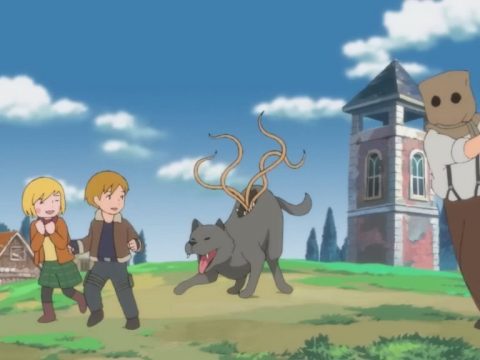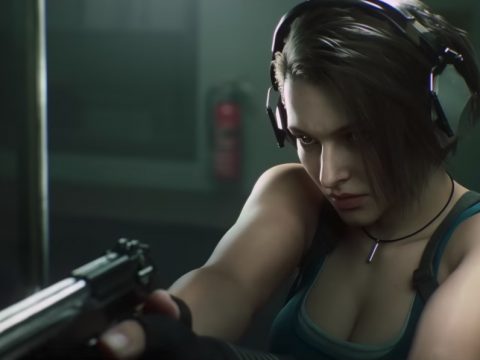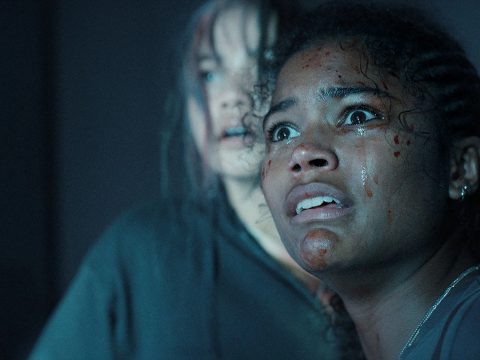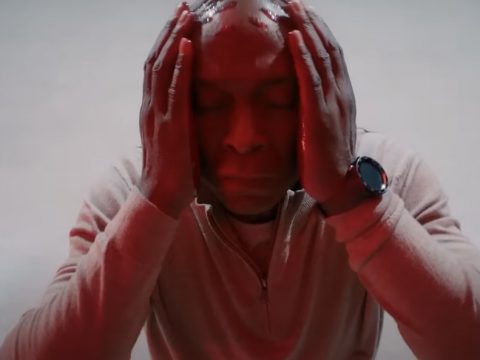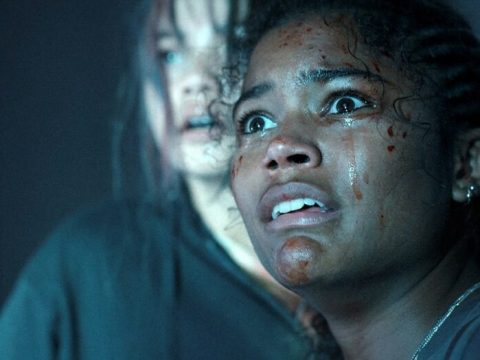Today’s action-packed means of zombie disposal make their meandering beginnings seem like ancient history, but those slow, undead bastards remain a pivotal moment in the videogame horror archives. Take the dread of George Romero and Lucio Fulci films, mix in some special forces interference and an interwoven web of experiments gone awry and you have one of Capcom’s (and gaming in general’s) biggest beasts: Resident Evil. The series may have gradually changed over the years, but I guarantee no one will ever forget the moments that happened along the way.
Resident Evil (1996)
All I had to go on when Resident Evil was first released—thrown on the shelves in one of those enormous old PSone game cases—was the scant info I had from magazine previews. In the days without constant feeds reminding us of a game’s development status, or what the lead art director had for breakfast, it came out as a true mystery. As a result, it scared the crap out of me and my friends.
Though I fancy myself a brave soul, tackling the halls of the infamous mansion held shocks that could only be mimicked thereafter. From zombie dogs leaping through windows to the first Hunter that lops off the player’s head, I was madly invested in what now looks like a pretty ramshackle world. What everyone says about the game in retrospect is valid criticism—the controls are awkward, the puzzles stupid, etc.—and maybe defense of the tank controls as “boosting scare value” is pure BS, but the fact of the matter is it worked.
Backing into a corner, awkwardly pivoting left and right and waiting for that perfectly timed shotgun blast to the head, that was the horror standard before homicidal baby-things lumbered through the schools of Silent Hill. Director Shinji Mikami may not have crafted the first horror title—Alone in the Dark was known as “ambient survival horror” years prior (and I still think Friday the 13th is an oddly freaky game)—but it definitely gave the genre the push it needed.
Even some of the worst dialogue and voice acting ever committed to a videogame (seriously) couldn’t stop Resident Evil from being a juggernaut in the long-run. In all honesty, just like any bad movie, that’s one of the features that has kept it so well-preserved in the hearts of fans. Just try and mention the first game to a veteran without them uttering “I hope this isn’t… Chris’s blood” or dropping a Master of Unlocking reference. I double dog dare you.
Resident Evil 2 (1998)
Hideki Kamiya took the reigns for this sequel, and has since gone on to create some classics of his own (Devil May Cry, Okami, and the potential hit later this year, Bayonetta). Adding to his legacy, Resident Evil 2 holds up as one of the best in the series, introducing Leon S. Kennedy to the world well before he would change the game and tackle the more tenacious fiends of Resident Evil 4.
As expected, this rookie officer’s journey with Claire Redfield inevitably takes him to the bowel of the beast, conserving ammo while fending off mad mutants in a heated laboratory escape. If the first game initiated the “countdown” finale to the series, this follow-up made sure it would be a mainstay.
Resident Evil 2 had an interesting beginning, as it was scrapped deep in development and crafted from the ground up after that. Judging from the final product, this was a sound move, even if the same style of starting over would likely bankrupt a development studio today. The game survived a surprisingly sound port to the Nintendo 64, and a less-than-stellar trip to Gamecube, as well, but its best memories remain on the PSone.
Resident Evil 3: Nemesis (1999)
It wouldn’t be totally incorrect to call Nemesis a side-story of sorts, since it takes place both before and after the events of Resident Evil 2. However, the third entry boasts its own style of thrills and chills, resulting in a more briskly paced survival horror experience.
The secret to what really makes Nemesis memorable is held in the title itself, which refers to the lumbering Tyrant sonuvagun that constantly chases Jill Valentine from area to area (and can be seen in Alexander Witt’s wonderfully crappy film, Resident Evil: Apocalypse). Nemesis spews guttural growls throughout his hunt for STARS members and, perhaps most alarming of all, can actually follow Jill from room to room. Clever girl.
A few crucial changes made Resident Evil 3 the easiest to control of the original trilogy, though it remained a far, far cry from elegance. Dodging and turning quickly drove the quick-minded goals of the pacing home, and to this day I would love to see another Evil game so tightly focused on one ultra-menacing antagonist.
Resident Evil Code: Veronica (2000)
As it turns out, Nemesis set up a lot of the pins that Code: Veronica would knock down shortly after. Boasting a few of the former’s gameplay changes, Veronica finally introduced the series to a brand new platform: Sega’s Dreamcast. With newfound horsepower at their disposal, producer Shinji Mikami and his team at Capcom brought the long-running static backgrounds into the third-dimension, even allowing for a few first-person moments.
The camera still more or less stayed in place, but locations both fresh and familiar made this a non-issue. The story takes Claire Redfield all the way from a prison on Umbrella’s privately-owned Rockfort Island to a frigid laboratory in Antarctica. Furthermore, some of the setpieces remain unforgettable, like when that terrible excuse for a Leonardo DiCaprio clone mutates and chases Claire frantically down a hallway adorned with armored statues. Actually, I think I’m still getting over that character in general.
REmake and Beyond (2002-Present)
Before the necessary changes were implemented to truly move the series forward, the first game had to be revisited in classic fashion. Remakes can be called a cash-in, and that’s often true, but Resident Evil on Gamecube was a sight to behold. Sure, the clumsy controls and overall progression of the original remained, but they were rearranged in a much more vivid and frightening world. Static environments made way for beautifully rendered and subtly animated (read: slightly less static) backgrounds, and the end-game heated up when one realized that all zombies not fully disposed of were returning as speedy red-headed bastards.
Unfortunately, the remake also forced us to bid farewell to the original script and the hammy live-action cutscenes, but you have to take the good with the bad. After that, Resident Evil Zero signaled the end to the series as we knew it at the time, taking us back to the days prior to RE1 with fresh character-swapping situations and the same visual panache of the remake.
This is all only scratching the surface of the series. Mentioning every Resident Evil title outside of the main timeline would be an intense undertaking, and let’s face it, a lot of the spin-offs aren’t worth remembering. Still, even the less than successful endeavors held much promise. The Outbreak games, for instance, could have been great with proper voice-chat on, well, a platform that people actually used to go online. Also… pretty sure there was a zombie elephant in one of those.
Perhaps something like that can be revisited in the future. After all, with Resident Evil 4 having revamped the series, and Resident Evil 5 (check out Dave Riley’s review in the newest Otaku USA) taking it a step further and selling boatloads, it’s certainly a bright one.
All Images © Capcom



